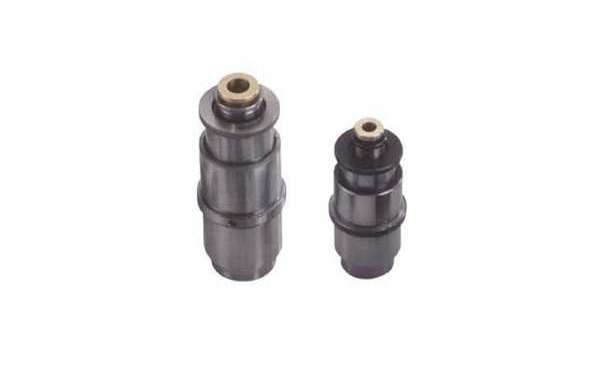The basics of making Ejector sleeve when using tool steel do require specific steps in manufacturing procedures as well as heat treatment steps that assure the maximum attainable life and performance possible. Even the maximum attainable life is often far less than expected with a heat treated and precision manufactured component.
Sleeve failures can present as “going out of round,” where the component measures to be “egg shaped” without evidence of any wear or metal loss. This condition leads to a combination of tightness in the component assembly while at the same time excess clearance to the component assembly, which may present as flash on the piece part. Galling is also a common problem, which is typically the result of hardness or metallurgical incompatibility, or incorrect running fit allowances or lack of lubrication in the assembly. These failures or conditions when using tool steel sleeves can best be categorized and attributable to not following required manufacturing procedures and where the development of out of round, size of shape changes relates to a condition that is defined by metallurgists as retained Austenite.
Retained austenite is a metallurgical structure or phase that occurs in the heat treatment of tool steel and is generally most notable and problematic in tubular parts, such as ejector sleeves. To minimize the presence or the effects of the retained austenite condition on the finish machined sleeves, a combination of machining and heat treatment processing needs to be followed.
The steps are as follows:
Rough machine sleeves adding 1/16" oversize stock to all finish dimensional requirements.
Then stress-relieve or anneal the sleeves.
After the stress relieve process, further machine the components leaving stock allowance for finishing after heat treatment.
At this point then heat treat the component as specified for the tool steel to final hardness.
Now this is the important part, to minimize the potential for retained austenite, include without exception, a double draw and deep freeze process.
Then finish machine the components to final dimensions. Anything less than using these six steps, leaves an open field for problems with the tool steel-based sleeve or the assembly.
If you want to purchase Injection plastic mold, welcome to send us messages!








